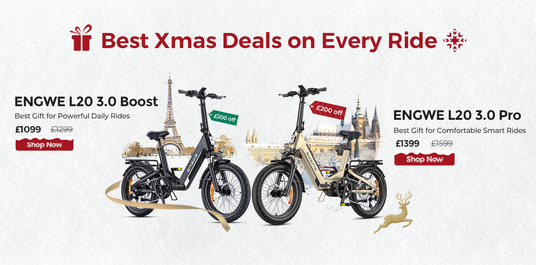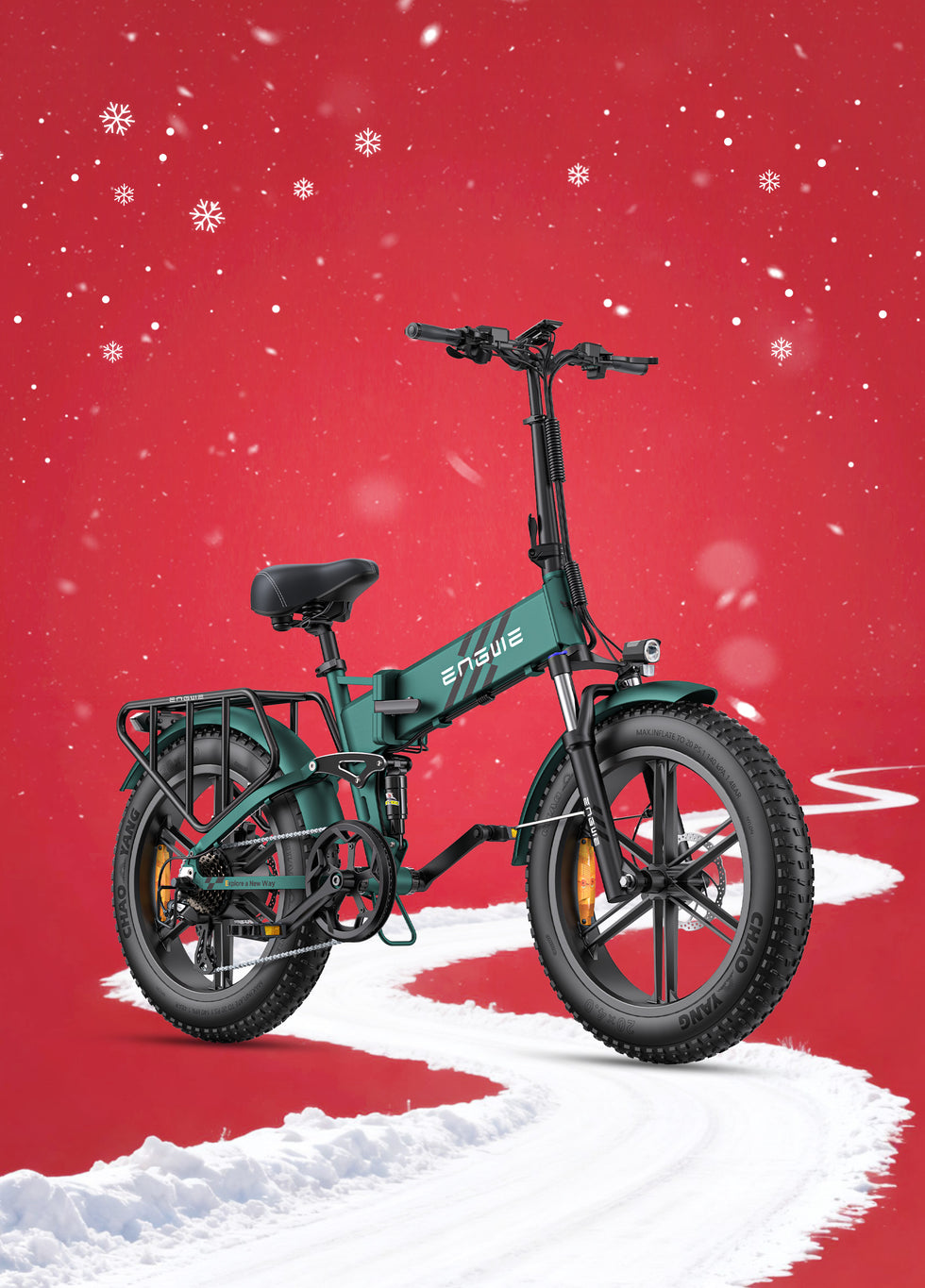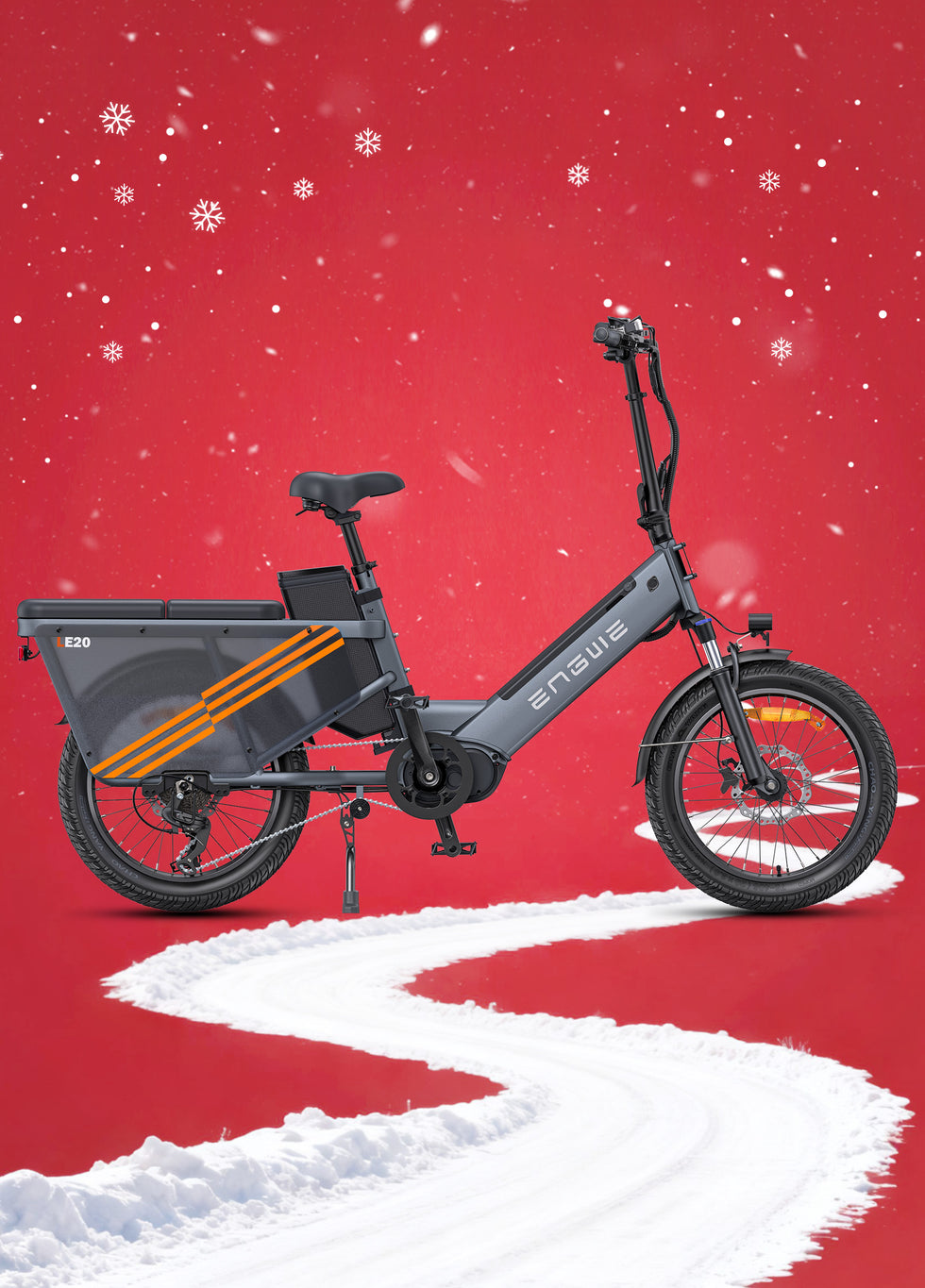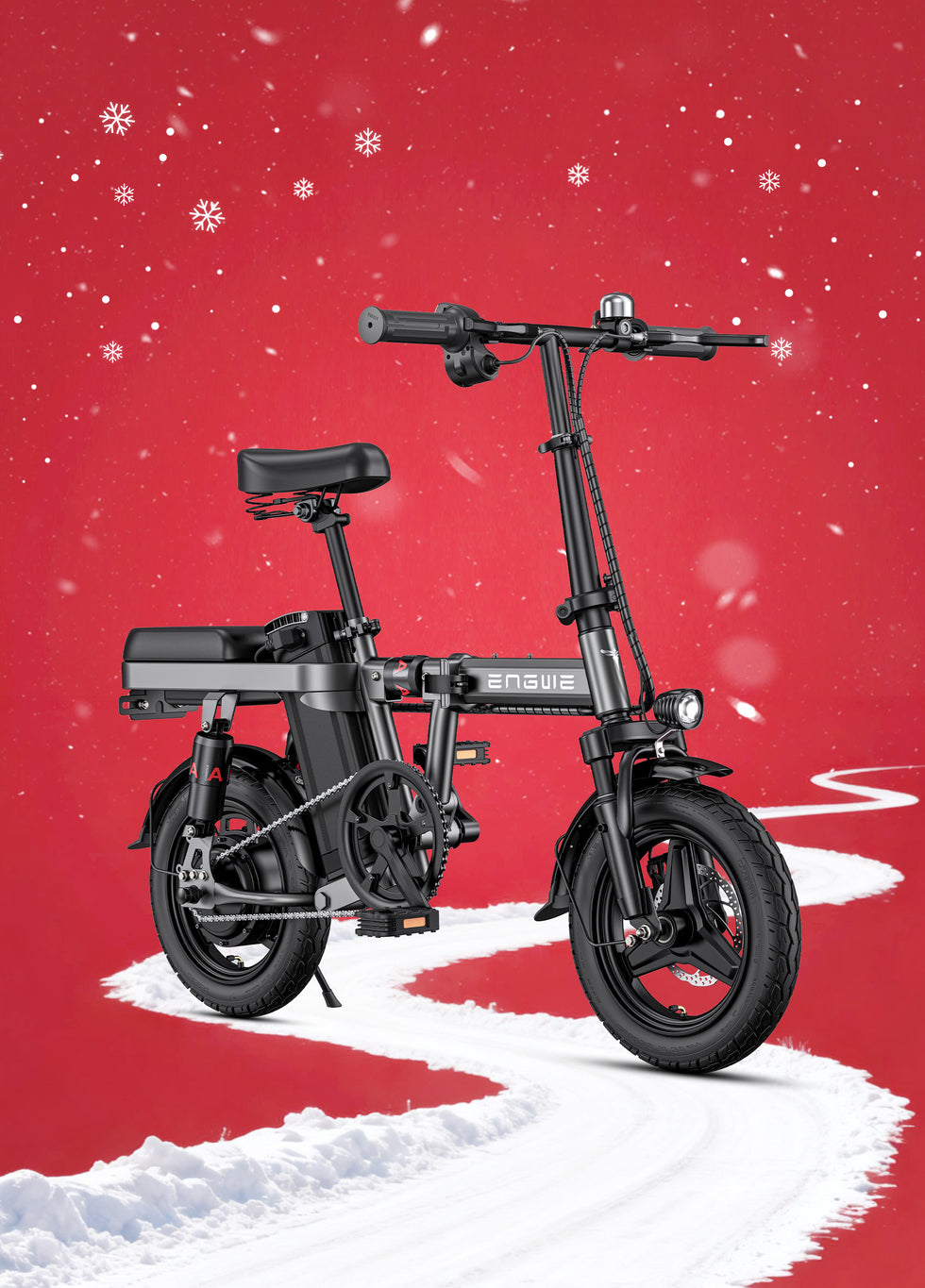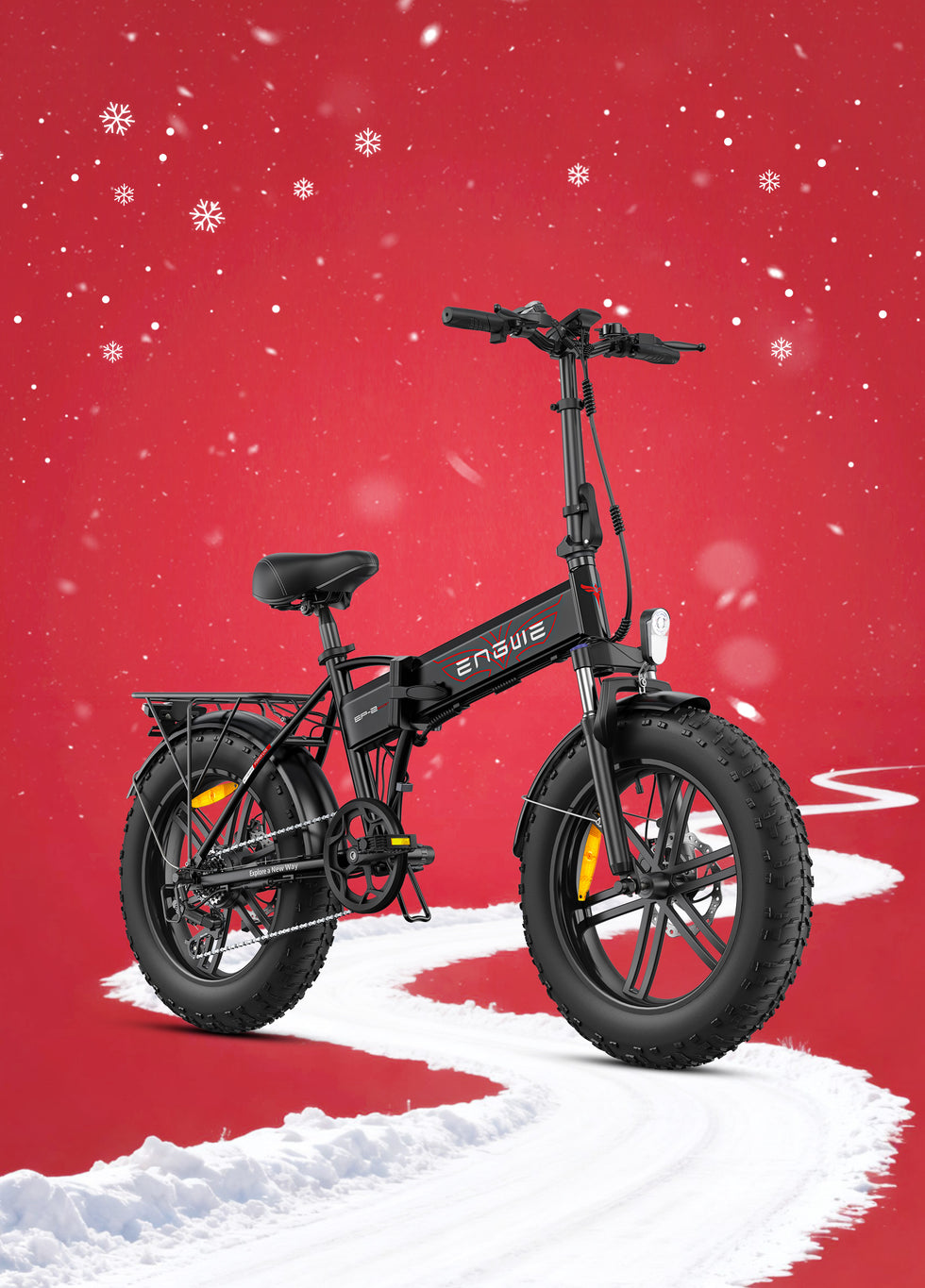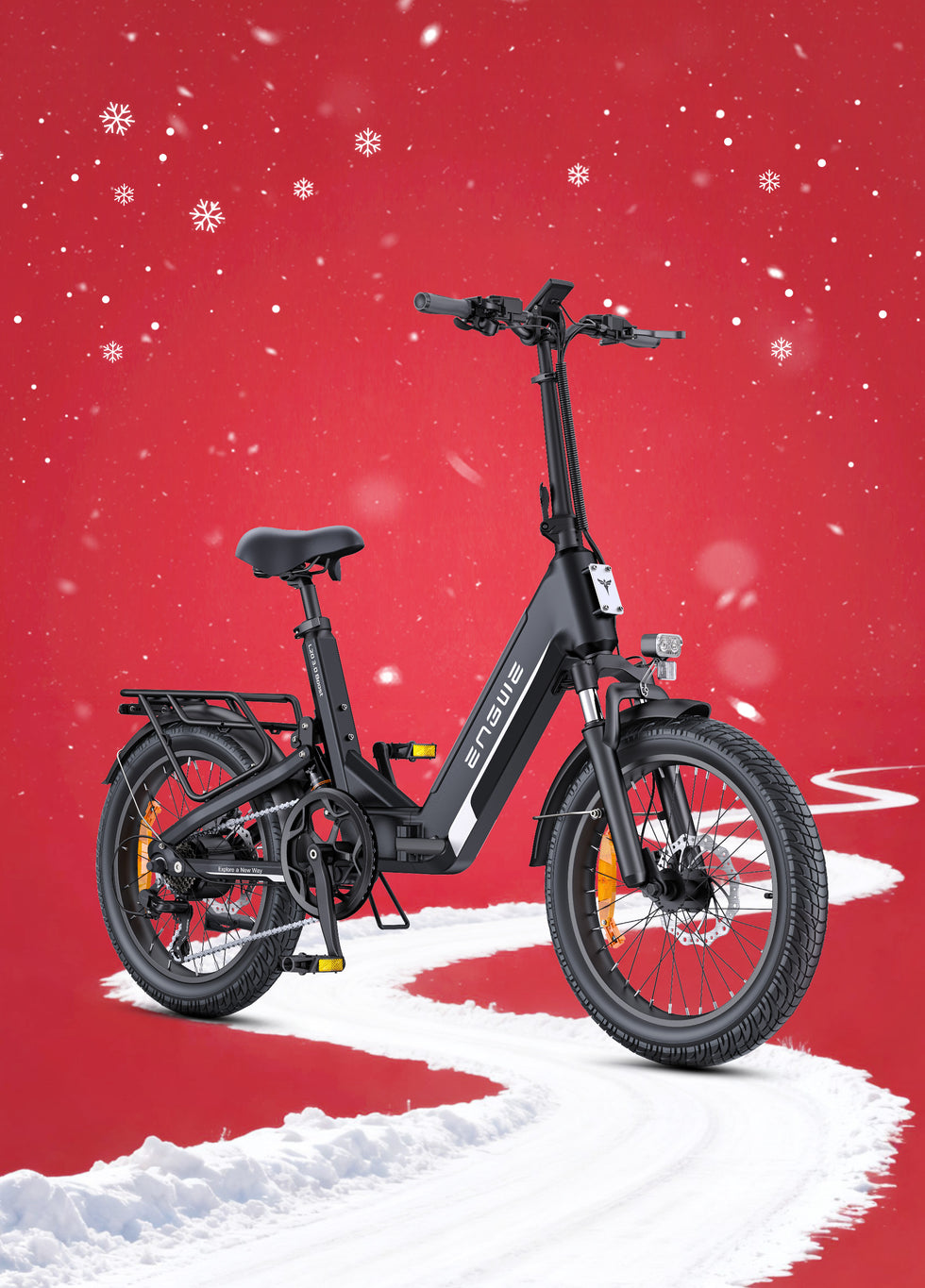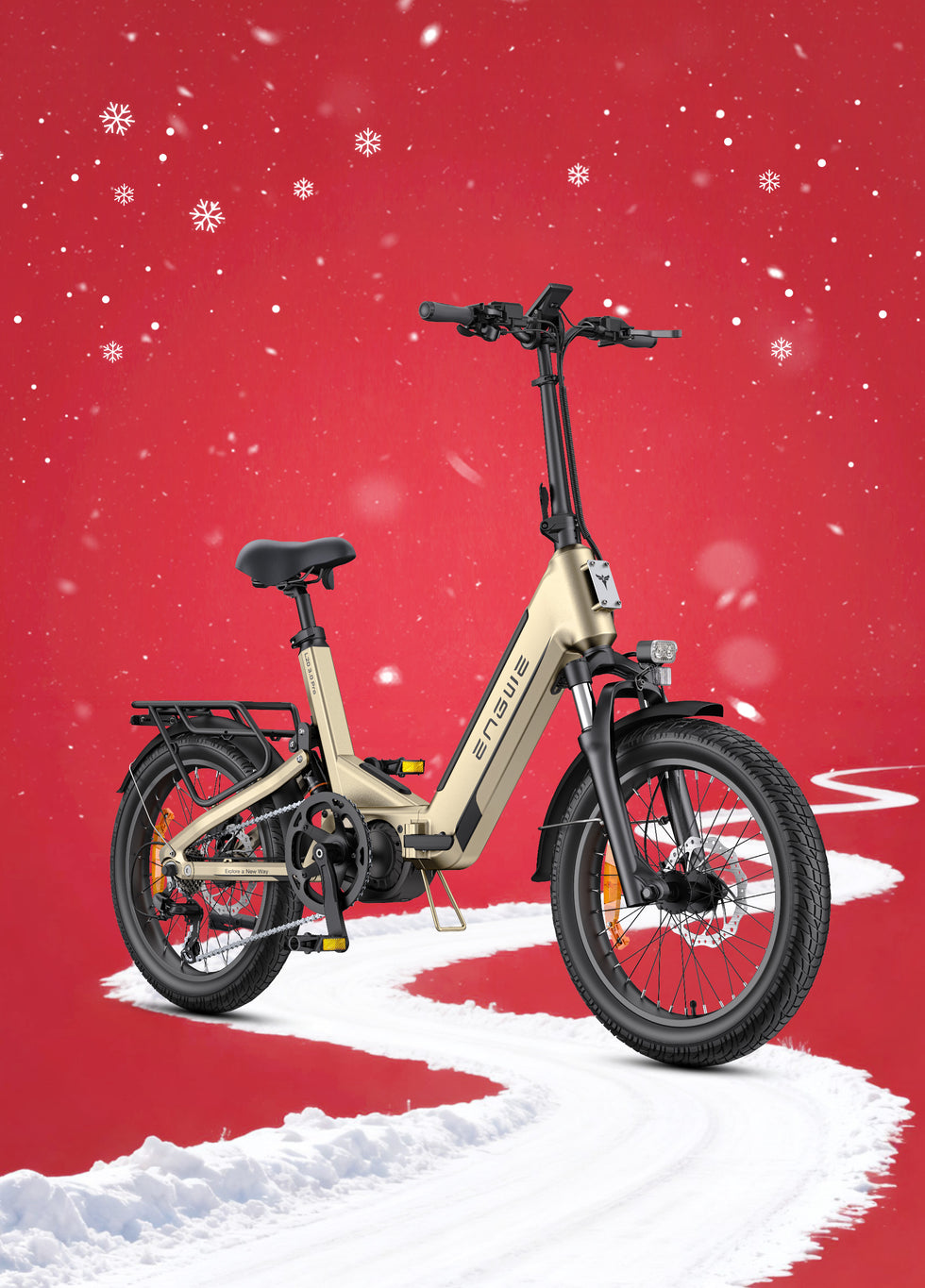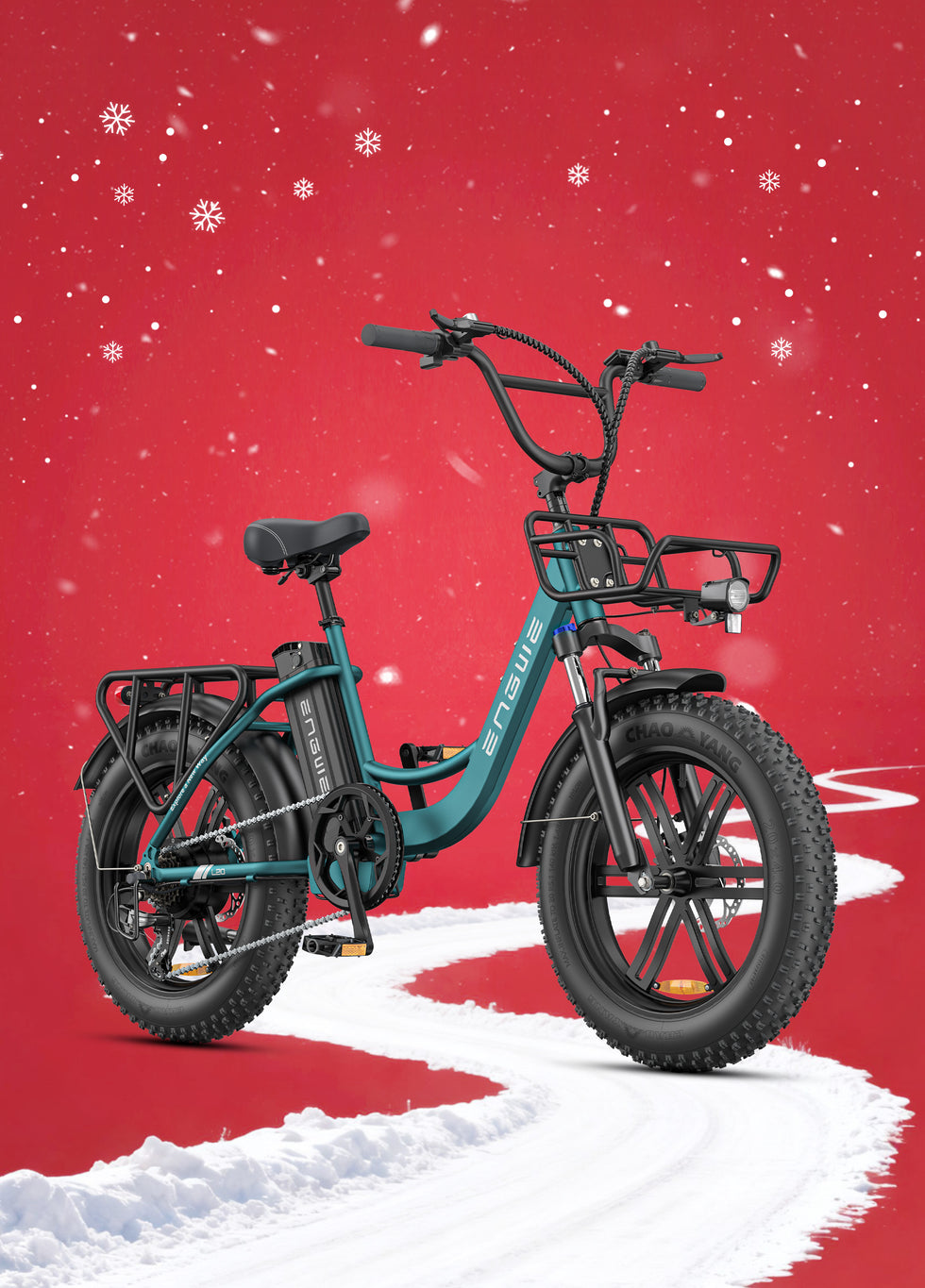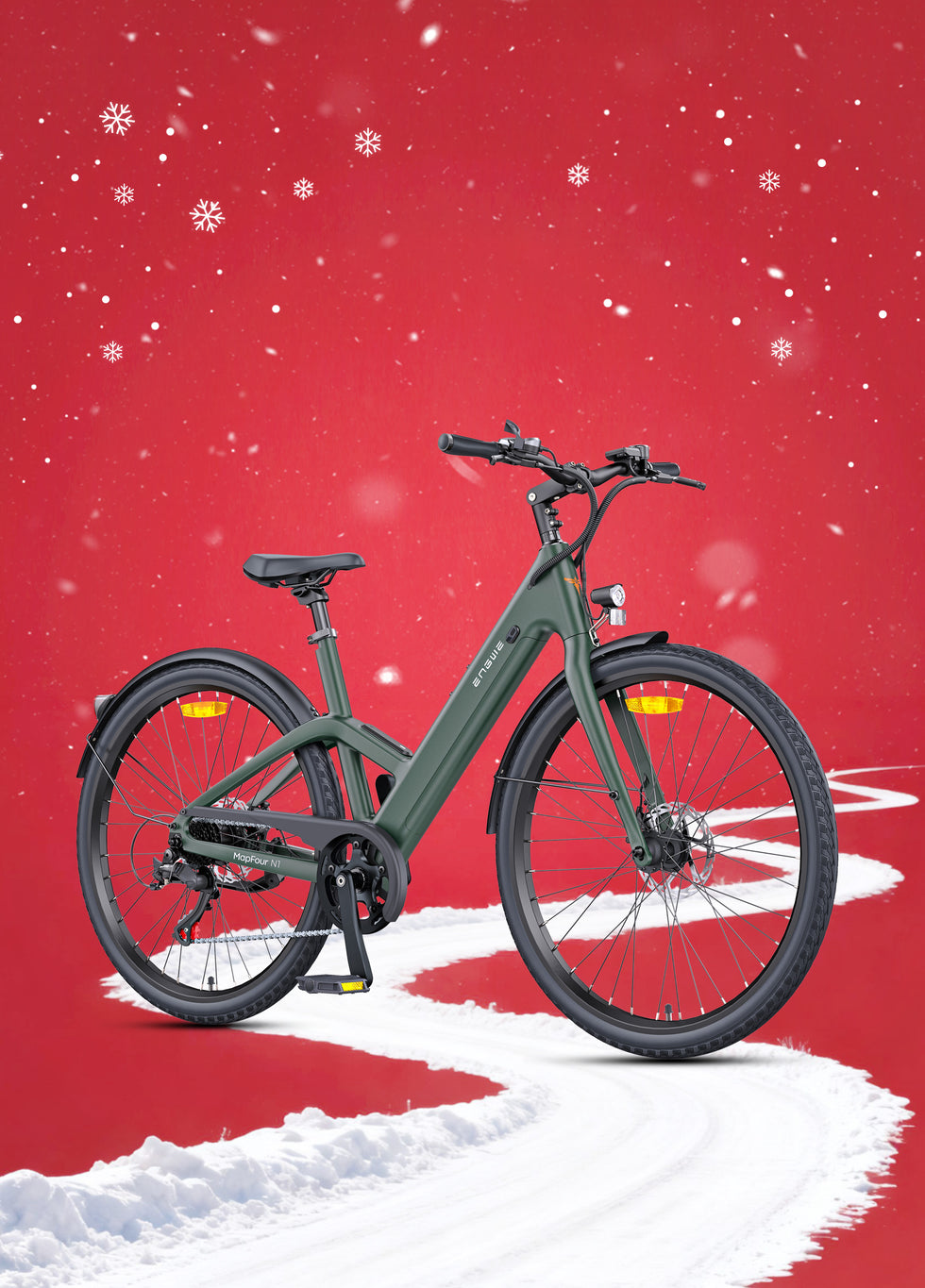The daily commute. For many, it can be a stressful, costly, and time-consuming experience, whether they are traveling by car stuck in traffic or feeling like sardines on public transport. There is a more intelligent, healthier, and frankly, tastier way. The e-bike has quickly climbed up from a quirky, space-age wonder to an actual mode of transport, and it has managed to turn the daily commute into the high point of the day. Selecting the right one to use, on the other hand, can be daunting. This complete guide will help clear things up a bit — and pinpoint the most critical factors that matter to you when it comes to picking out the best electric bicycle for commuting. What defines a great commuter, what makes the perfect model to choose for commuting, and answers to the questions you may have about joining in on the e-bike revolution are things we will be covering below.
What Makes the Perfect Commuter Electric Bike?
Not all are worthy of the daily pounding an e-bike takes picking up groceries and setting out on the school run.
Purpose-Built Commuting E-Bike
The most reliable, comfortable commuting e-bike is the one that provides practicality.
The Basics
These are the core components that you need to know to make a decision. Your commuter e-bike is a workhorse for every day. It requires a robust, often light alloy frame and components that can deliver uninterrupted service under all weather conditions. Consider reputable brands that use proper parts from well-known manufacturers (for gears, brakes, or electronics). It should have a sense of sturdy build quality and reliability in terms of overall engineering, which leads to peace of mind that behind the handlebar, with this alternative, you can confidently ride every day.
Battery Range and Power
As in the case of all e-bicycles, the battery and motor system is the heart of every cycle. On the commuter front, range is priority one. It must have a battery that provides you with enough juice to comfortably make it back home on a round trip without forcing you to recharge every single time. Battery capacity is in Watt-hours (Wh) – higher figures mean a greater range. The assistance comes from the motor, and in a commute, you need power delivery to be as smooth and predictable as possible when it sends you into battle with stop-start traffic lights and steep hills that should not leave you struggling to climb them.
Comfort and Ergonomics
Comfort is something that cannot be compromised for a daily ride. A nearly completely upright riding position — aka 'Dutch-style' — takes pressure off your back and neck and gives you better visibility. Many cyclists will want to have the ability to height-adjust the handlebar stem for a personalized fit, while others may require a more comfortable and supportive saddle or ergonomic handlebar grips. A front suspension fork or suspension seatpost can greatly improve comfort by taking the sting out of rough road surfaces and potholes.
Utility
A real commuter bike has consideration given to the utility and practicality of the journey. That means it should be bundled with necessary add-ons or make them a cinch to install. Adding full-length mudguards is essential in the UK to protect you from rain and road spray. A rear pannier rack is an essential bike accessory as it allows the carriage of a laptop bag, groceries, or another change of clothes, freeing you up to ride without a heavy load. Integrated front and rear lights, powered by your battery, are essential to keep you safe at all times.
Safety
Your life is important. Seek out a good braking system which will provide you with strong and reliable stopping power in all situations. Hydraulic disc brakes are the gold standard for e-bikes, delivering higher performance and control with less hand effort than mechanical ones. Also, have excellent, puncture-resistant tires which really help to minimize those irritating flats on your ride.

A Step-by-Step Guide for the Commuting E-Bike Selection Process
Now that you know what a good commuter is, it should be easy to get to the shortlist given your individual situation. To get the perfect mate, you need to develop a great profile.
Step 1: Evaluate Your Commute
Map out your route. What is your total round-trip distance? What is the terrain like? Mostly flat, or are there big hills to deal with? The answers will dictate the battery range and motor power you need. A very long, hilly commute will need a battery with more energy capacity and a bigger motor system than a short, flat one.
Step 2: List Your Priorities
What matters the most to you?
Comfort: If your ride is on rough roads, consider a bike with front suspension and/or a suspension seatpost.
Commuting by Train: If part of your commute is by train, you may need a compact folding bike.
Carrying Capacity: Many cargo bikes have a rack available and are designed to carry quite a bit of weight.
One blogger commented that they like simple controls and a low-maintenance internal hub gear system, so it depends on your personal requirements.
Step 3: Get To Know The Motor and Sensor
E-bike motors usually come in two flavors: hub-drive (in the wheel) and mid-drive (at the pedals). Mid-drive motors generally offer a more natural feel as well as better hill-climbing performance, whereas hub motor e-bikes are usually cheaper. But the main element for a genuine riding experience is, of course, the sensor. Less costly bicycles utilize a cadence sensor, which simply actuates the motor as you pedal. Better bikes offer torque sensors, which means that the harder you pedal, the more power you get. This makes for a very intuitive, direct ride that feels like an extension of your own effort.
Step 4: Demand the Commuting Basics
Do not defer practical accessories until last. A bike that already comes with mudguards, a pannier rack, and integrated lights is way better value (and more convenient to buy) than a 'bare' one that you then have to go buy and fit those items separately. The chain guard is another small but nice-to-have feature that keeps your pants from rubbing against oil and getting caught in the chain.
5 Best Commuting Electric Bike Brands
The market can be confusing, but several brands have built a strong reputation for making great commuter e-bikes. Five of these are listed below.
Engwe
Engwe seeks to serve with premium and valuable e-bikes, through profoundly improved and keenly designed models. They have a reputation for taking features typically found on higher-end models and packaging them in an affordable, everyday-ride-friendly package. Its Engwe P275 SE City E-Bike is a stellar example of commuter-minded design. It stands out thanks to a perfectly tuned torque sensor system that responds instantly and delivers smooth, natural power. It's powered by a 250W motor, which complies with European regulations, and is paired with a removable 36V/13Ah battery that provides up to 100km under very favorable conditions, enough for a few days of commuting.

Thanks to a relaxed, upright riding position, the P275 SE will be a comfortable and practical companion for any journey, with an adjustable stem and shock-absorbing saddle. Safety is taken care of with a set of powerful hydraulic disc brakes, and it’s delivered from the factory fully kitted out with everything you need for city commuting: a basket on the front, mudguards, and lights. Complete with a range of smart features including an LCD color display and app connectivity, it provides the solution for any new-age, on-the-go commuter.
Raleigh
With a proud British heritage, Raleigh is a marque that comes to mind when you think of trustworthy, durable quality. They offer a broad collection of electric bikes, including their Motus and Centros lines — both designed specifically for the UK market with comfort and ease of use in mind, and attractively priced offerings for those looking for exceptional design and reliable performance.
Brompton Electric
One of the unique features of the Brompton Electric is that it has been built with train or bus users in mind, making it perfect for commuters who have to take a train or bus partway through their journey. It keeps the same clever and legendary folding structure of the non-electric version, which turns it into an ideal choice in terms of compactness. It's ideal for multi-modal travel.
Specialized
Specialized is an upmarket offering with strong-performing e-bikes like the Turbo Vado and Turbo Como. With a powerful yet well-integrated mid-drive motor, large battery pack, and a quality ride feel, this bike is competing in the high-end e-bike category for people who want top-tier components for the best riding experience.
Rad Power Bikes
Rad Power Bikes has found a niche in building durable, practical e-bikes that simply work well for functionality and hauling things around. Commonly referred to as the SUVs of the e-bike world — ideal for utilitarian riders needing to carry a hefty load, whether it be work tools or groceries — models such as the RadRunner have created their own niche and capitalized on it.

Top 5 Commuting E-Bike Questions Answered
When you’re gearing up to purchase one, there are a few important questions that will typically come up. So I've addressed the most common questions from aspiring e-bike commuters to give you some more in-depth answers.
A1: What range do I actually need for my commute?
Range estimates are always best-case advertised figures. In the real world, factors like your weight, the hilliness of your route (terrain), ambient temperature, tire pressure, and, importantly, the level of power assistance you use will impact your range. An easy rule of thumb is to double your daily round-trip commuting distance. This adds a nice safety net so that you have plenty of battery life to spare in case you need to take a different, longer route or if there is a strong headwind, and it keeps the stress of needing to top off your battery day after day at bay.
A2: Is there any UK legislation affecting electric bikes? Is 250W / 48V standard?
Indeed, electric bikes constructed and sold in accordance with the 'EAPC' (Electrically Assisted Pedal Cycles) regulations are legal to ride without a license, tax, or insurance — just as you would on an ordinary bicycle. The key rules are:
Rated Power Output: The motor needs to have a continuous rated power output of no more than 250 watts.
Assistance Speed: The electric assist must shut off when the bike reaches 15.5 mph (25 km/h).
Pedal Assist: It has to be pedal-assist and won't run under throttle alone from a stop.
"250W" is the legal motor limit in the UK and EU. The voltage (V), for example 36V or 48V, refers to the efficiency of the electrical system. 36V and 48V are two of the most common standards currently in use. A 48V system may provide more efficient power as well as feel slightly 'punchier', but it's still limited by law for on-road use to just 250W of continuous output. For example, the Engwe P275 SE utilizes a 36V setup that's been well-calibrated for its 250W motor to work ideally in urban conditions.
A3: Electric Bikes with a Hub Motor vs Mid-Drive Motor in Real Life
The integration of the motor has a big influence on the way it rides.
Hub Motors: More affordable e-bikes generally have Hub Motors which are in the center of the front or rear wheel. They are trustworthy and reliable, but can feel as though the rider is being pushed or pulled along.
Mid-Drive Motors: Located at the crankset (where the pedals are), they apply power directly to the drivetrain (the chain), so it feels like you're just getting a boost to your own pedaling. This allows the weight to be carried lower for better stability and is generally more efficient when riding up hills because it leverages the bike's gears.
A good torque sensor on a hub motor is the great equalizer and can often make it feel just as good as many mid-drive systems.
A4: How much do features like suspension and hydraulic brakes matter for a commuter?
They are essential elements for the typical UK commute.
Suspension: A front suspension fork and/or a suspension seatpost will take the edge off bumps and rough roads. They dampen vibrations and greatly reduce rider fatigue on longer rides, so they are highly recommended.
Brakes: Hydraulic disc brakes provide added safety in daily commuter traffic. In the wet, you will have dramatically more stopping power and better modulation with hydraulics than with any mechanical brake. When you are riding in dense city traffic, a powerful braking system you can rely on is simply invaluable. Since an e-bike has more mass and can reach higher speeds than its regular counterpart, the importance of good brakes becomes even more apparent.
A5: What maintenance does a commuter e-bike call for?
An e-bike requires a surprisingly similar amount of care as a regular bicycle. The electrical components are sealed units, leaving little work required. Your main responsibilities are:
On a weekly basis: Check your tire pressure, make sure your brakes are functioning properly, and lubricate the chain.
Regular Maintenance: Inspect your brake pads for wear, and check that all the relevant bolts are tight every few months. From time to time it will be necessary to have your gears tuned.
Battery Care: Do not leave the battery completely empty for a long time, as this can damage it. Try to store the battery at room temperature, avoiding extreme heat or cold.
Annual Service: Much like a car, booking your e-bike in for an annual service at a professional bike shop can keep it safe, efficient, and reliable.
Your Commute, Reimagined
The best e-bike for your commute is going to be a personal decision, but one that could change your quality of life. By sticking to the basics of a reliable, comfortable, and utilitarian machine and tailoring it carefully to meet the requirements of your journey, you can almost always find a perfect partner for journeys in everyday life. The right e-bike will not only take you from A to B in a jiffy, but it also flattens horrid hills and brings a bit of joy to your day. Your perfect commute to revitalize your travel awaits.
